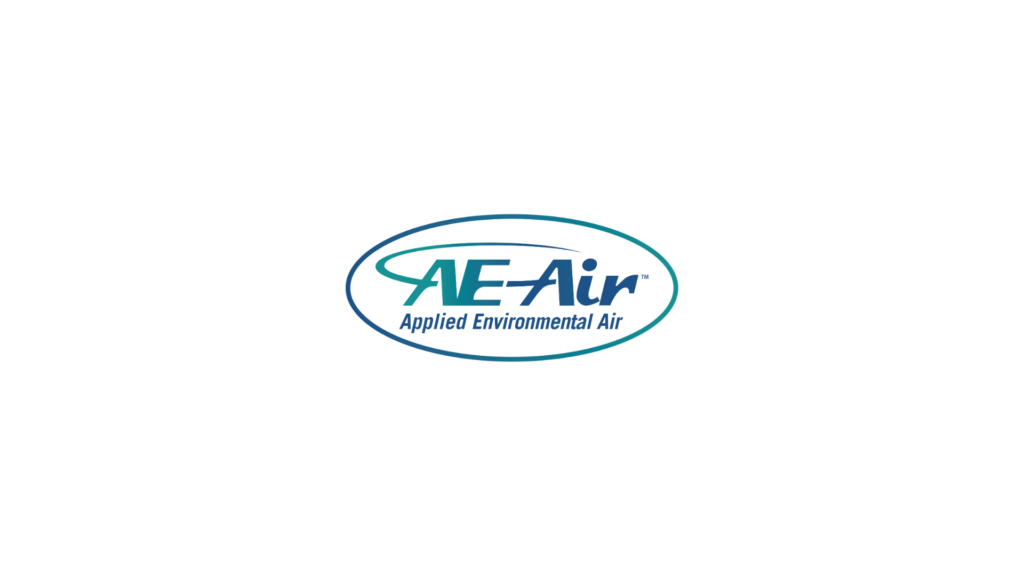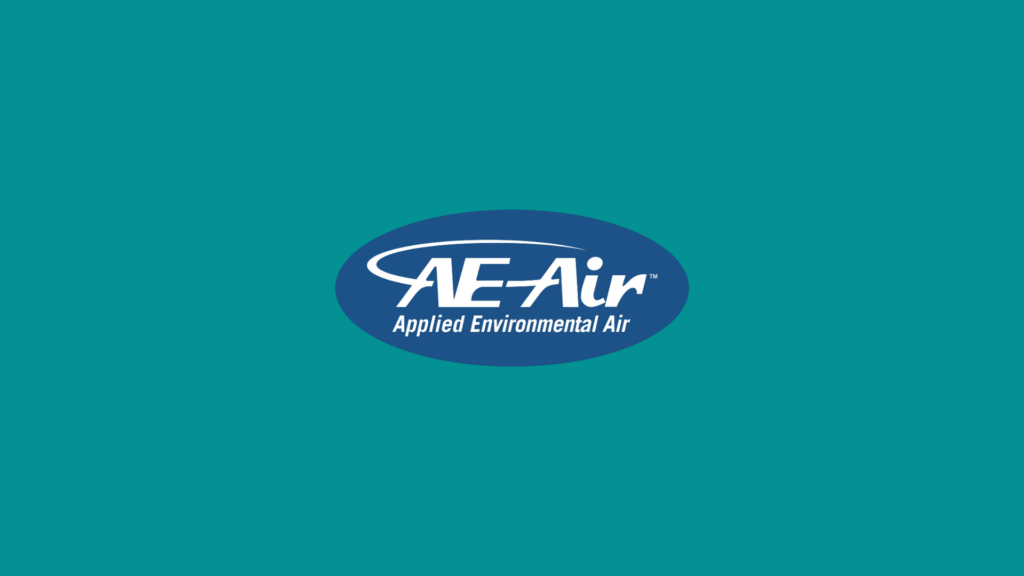Introduction
Navigating the choices for HVAC systems can be daunting, especially when it comes to vertical water source heat pumps. These systems are integral to providing efficient heating and cooling solutions, making it crucial for developers, engineers, and architects to select the right unit. With the growing emphasis on sustainable construction and energy efficiency, understanding the role and benefits of these heat pumps has never been more important.
Vertical water source heat pumps are favored for their ability to efficiently transfer heat using water loops, offering a dependable and eco-friendly solution for both residential and commercial buildings. By integrating these systems into the design and operation of buildings, professionals can optimize indoor climate control while minimizing energy consumption. This article aims to guide you in making informed decisions about selecting the right vertical water source heat pump to meet the specific needs of your projects, ensuring efficiency and sustainability.
Understanding Vertical Water Source Heat Pumps
Vertical water source heat pumps are an essential component of modern HVAC systems, providing efficient heating and cooling through a unique design and operation. These pumps use water sourced from a central loop to transfer heat, adapting to varying environmental needs and keeping energy usage low. Their compact and upright design makes them ideal for installation in facilities where space is limited, such as high-rise buildings.
The design of vertical water source heat pumps allows them to seamlessly fit into building infrastructures, ensuring they work effectively with existing systems. They operate on the principle of heat exchange, where heat is absorbed from or rejected into the water loop, depending on the season. This design enhances performance in a range of climates, offering reliable temperature control year-round.
These pumps are lauded for their ability to conserve energy. By using water as a medium, they capitalize on its superior heat transfer properties compared to air. Additionally, vertical systems are much easier to maintain and service, as they typically feature a smaller footprint and simpler access than horizontal systems.
Key Considerations for Selecting a Vertical Water Source Heat Pump
Choosing the right vertical water source heat pump involves examining various factors to ensure it matches the building requirements and operational goals. One of the primary considerations is capacity. It’s essential to select a unit that can effectively handle the building’s heating and cooling loads without underperforming or wasting energy.
Efficiency ratings are also crucial. Higher efficiency models, though possibly more expensive upfront, can offer significant savings over time. This makes them a wise investment, particularly in large-scale applications where energy costs can quickly accumulate.
Besides capacity and efficiency, a few additional factors should guide your choice:
- Installation Space: Evaluate the available space for accommodating vertical designs comfortably.
- Compatibility: Ensure the pump integrates well with current building systems.
- Noise Levels: Consider the pump’s noise output and its impact on building occupants.
- Maintenance Needs: Look for models with accessible parts and straightforward maintenance procedures.
By systematically considering these elements, you can choose a vertical water source heat pump that enhances building performance while promoting energy efficiency. This careful selection ensures the system meets both immediate and long-term needs effectively.
Integrating Chilled Water Fan Coils with Vertical Systems
The integration of chilled water fan coils with vertical water source heat pumps provides a highly efficient HVAC solution for modern building needs. This combination enhances both temperature control and energy efficiency, creating a robust system that meets varied demands. Chilled water fan coils excel in distributing cool or warm air depending on seasonal requirements, ensuring a consistent indoor environment.
One major benefit of integrating these systems is their ability to leverage the high efficiency of vertical heat pumps in transferring heat. This allows for efficient regulation of indoor climates with less energy consumption. Contractors can benefit from flexible options in installation, such as ceiling high-performance units, which are ideal for spaces that prioritize discreet design and effective air distribution. Alternatively, closet placements provide a compact solution that maintains ease of access for maintenance while optimizing space utilization.
These configurations create versatile solutions that cater to different architectural designs and functional needs. By considering building layout and specific climate control needs, the combination of chilled water fan coils and vertical heat pumps can be tailored to offer enhanced performance and meet the sustainability goals of any project.
Troubleshooting and Maintenance for Vertical Systems
Ensuring the longevity and reliability of vertical water source heat pump systems requires a proactive approach to troubleshooting and maintenance. Regular upkeep not only extends the lifespan of the units but also prevents common issues from escalating into costly repairs.
Key maintenance practices include monitoring water flow rates and checking for scale buildup within the system, which can impede efficient operation. Regular filter cleaning and replacement are crucial to maintaining air quality and system performance. Additionally, inspecting electrical connections helps ensure safe operation and prevents short circuits or other electrical issues.
Here are common issues and solutions:
- Inadequate Heating or Cooling: Check for blockages in the water loop and ensure the fan coils are clean and unobstructed.
- Leaking Water: Inspect all connections and seals for wear or damage and replace them as needed.
- Unusual Noises: Ensure all components are securely fastened and check the fan blades for any obstructions.
By adhering to these maintenance strategies, contractors can optimize the operation of vertical water source heat pumps, ensuring they provide reliable service throughout the year.
Conclusion
Vertical water source heat pumps integrated with chilled water fan coils offer developers and contractors a versatile and efficient solution for modern HVAC challenges. These systems not only meet the diverse climate control needs of buildings but also contribute to sustainable practices through their energy efficiency. Thoughtful integration and regular maintenance are key to unlocking their full potential, ensuring comfort and reliability in various applications.
For those interested in maximizing HVAC efficiency in their projects, AE Air specializes in providing tailored solutions that meet your specific needs. Our expertise in integrating advanced systems ensures your projects benefit from both superior performance and sustainability. Get in touch with us today to explore how we can help enhance your building’s indoor environment.


